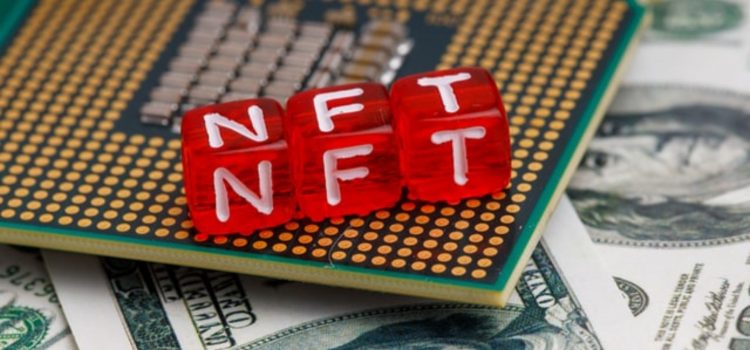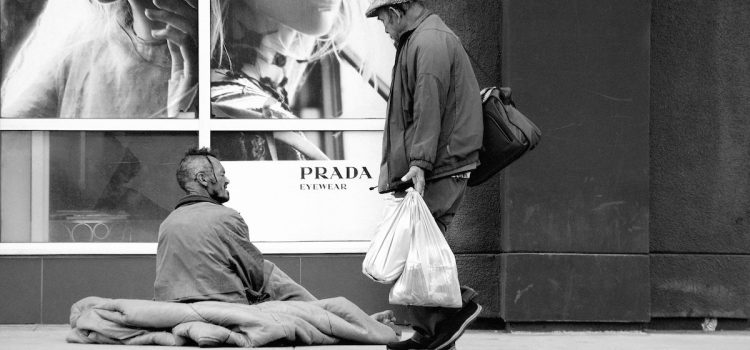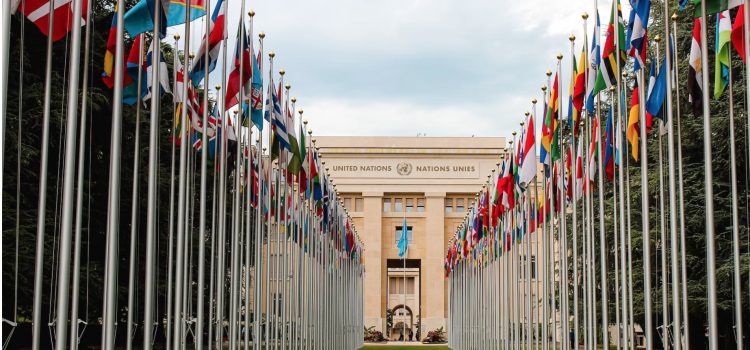What are the main causes of poverty? How do your relationships affect your financial mindset? Despite poverty’s complexity, Steve Corbett and Brian Fikkert (the authors of When Helping Hurts) argue that we can trace all of its components back to one source. This source is a breakdown of a person’s relationships with God, self, others, and the rest of creation. Let’s look at how these four relationships can cause poverty, according to Corbett and Fikkert.
What Are the Main Causes of Poverty? A Christian View










